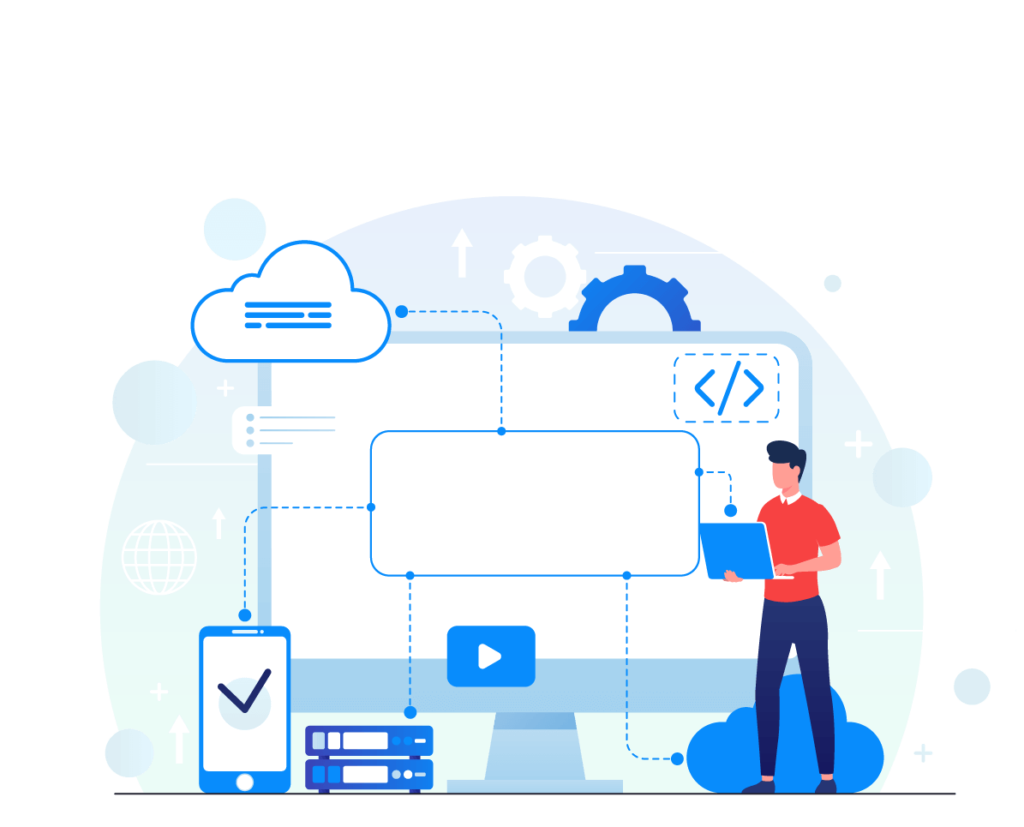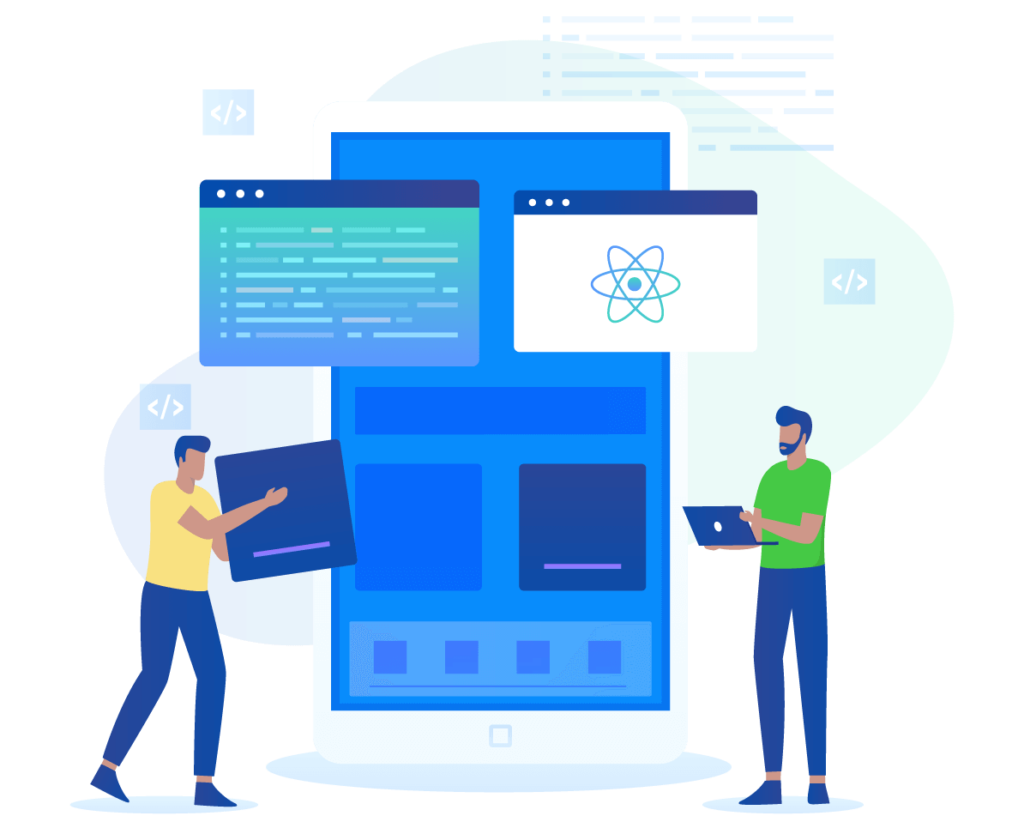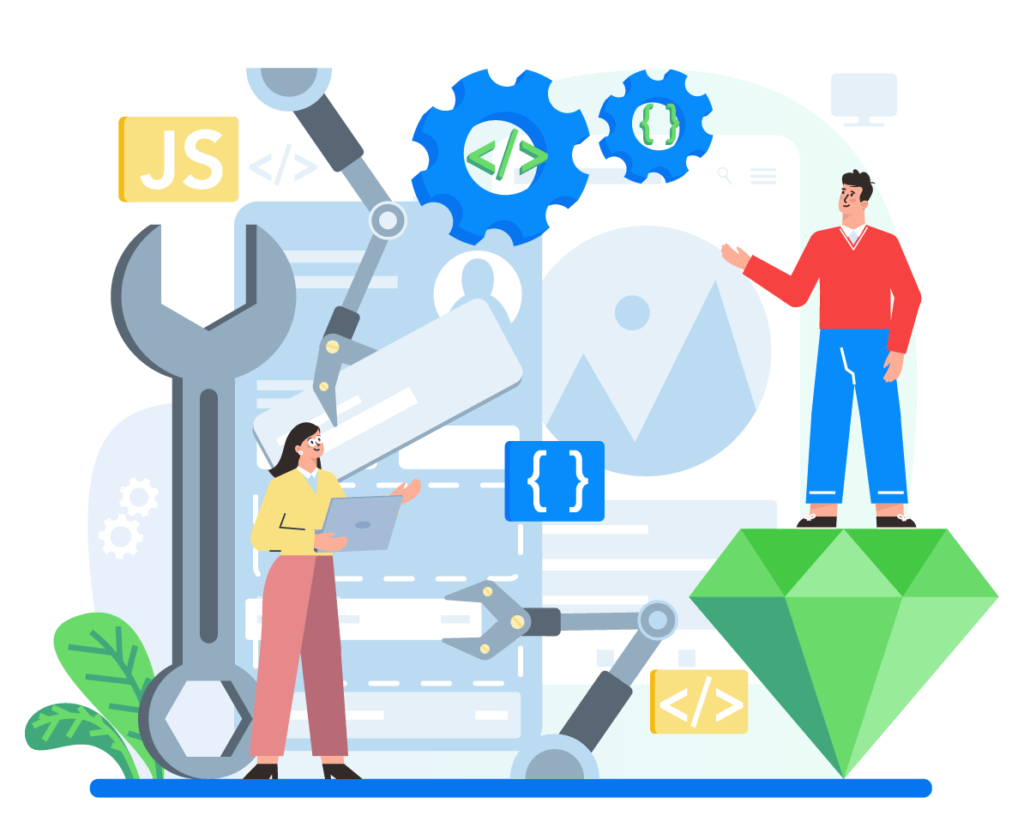Observability in DevOps: Bridging the Gap Between Development and Operations
Blog: Comidor Blog
The world of DevOps is a fast-paced environment. DevOps teams keep finding ways to ensure the reliability, performance, and security of applications.
Observability is a technical solution that can aid professionals to stay ahead of the curve. It represents a holistic approach to understanding complex systems. It allows users to collect and analyze data from various sources. This data gives a comprehensive view of the development and operational process.
An aspect of the DevOps process is collaboration between the development and operations teams. But, often, there is a divide between the two business areas. This results in miscommunication, slower issue resolution, and decreased productivity.
Implementation of observability in DevOps ensures a more streamlined and efficient process. By 2026, 70% of organizations that adopt observability will achieve shorter latency for decision-making.
Let us explore the concept of observability in DevOps. We will discover how it reinforces the bridge between development and operations. We will also take a glimpse into its future and discuss emerging trends.
Understanding Observability
Observability is the ability to monitor, measure, and understand the state of a system or application. This is done by examining the system’s outputs, logs, and performance metrics.
The key components of observability include:
- Metrics: Focused on collecting quantitative data about the system environment (CPU usage, network traffic, etc.).
- Logs: Focused on collecting and analyzing log data to identify or troubleshoot performance bottlenecks.
- Traces: Focused on collecting data about the execution of requests/transactions across the application.
- Events: Focused on collecting data about important events (deployment, scaling, errors, etc.) within the environment.
Each of these provides a unique perspective on system behavior.
 Observability vs Monitoring
Observability vs Monitoring
Monitoring focuses on collecting predefined metrics and alerts. In comparison, observability goes beyond that and asks ad-hoc questions about system behavior. Monitoring is a proactive approach to detecting and preventing problems in a system. Observability, on the other hand, provides a broader view of system behavior. This allows teams to identify and resolve complex issues.
Most applications and cloud-native programs have become quite complex. So, identifying and resolving issues quickly is crucial. Observability tools have an alerting system that informs DevOps teams of anomalies. These alerts are vital for the well-being of applications or systems that are deployed across different environments.
The DevOps Divide
Historically, development teams and operations teams functioned in isolated silos with limited communication. This division often led to a lack of understanding and empathy between the two. This often resulted in delays and inefficiencies.
The DevOps divide poses several challenges to the software development lifecycle. Some pertinent challenges are slower time-to-market, increased error rates, and difficulty in diagnosing/resolving issues. This also leads to a lack of communication and trust between the two teams.
This divide between development and operations has some real-world consequences. It causes delayed releases and higher operational costs. Customer satisfaction also suffers as a result of slower issue resolution.
 Bridging the Gap
Bridging the Gap
Observability acts as a bridge between the development and operations teams. It breaks down the silos by providing shared visibility. As everyone has access to the same data, it fosters collaboration. You can integrate observability into most DevOps practices. Start by incorporating tools and processes that enable real-time monitoring, logging, and tracing. This will provide both teams with the necessary insights to make decisions.
Various tools and technologies can also facilitate observability. Some notable ones are:
- Prometheus for monitoring
- ELK stack for logging
- Jaeger for distributed tracing
These tools work together to provide a 360-degree view of the entire ecosystem.
To break down the barriers between teams, follow these steps that build a more cohesive digital work environment:
- Implement cross-functional teams
- Foster a culture of collaboration
- Establish shared goals and metrics
- Conduct regular knowledge-sharing sessions
Benefits of Bridging the Gap
Bridging the gap between development and operations teams improved communication and collaboration. Teams share insights and work towards common objectives.
With the implementation of observability, DevOps teams can detect and resolve issues faster. The shared visibility allows for quicker identification of root causes. This reduces downtime and enhances overall system reliability. The collaborative efforts of the development and operations teams enhance product quality. This, in turn, improves customer satisfaction. As issues are addressed proactively, it creates a seamless customer experience.
Several organizations have achieved an effective DevOps balance through observability.
- BlaBlaCar is a leading community-based travel network. They cut down their time to resolution by 50% with the help of data observability. According to their manager, the time required to investigate the root cause of an issue (~200 hours) was cut down in half.
- Observability helped Mercari’s data engineers identify a data quality issue caused by a query change. It helped them pinpoint which query had changed and who had changed it.
- Another Mercari data engineer was appreciative of the quick detection of issues. One of their streaming pipelines had experienced a connection failure. This impacted hundreds of tables in their database. However, their observability tool detected it before it could affect application performance.
Implementing Observability in DevOps
To successfully integrate observability into your DevOps practices, adhere to the following guidelines:
- Define Your Observability Goals: Specify the observability metrics to monitor. Commonly tracked metrics include application health, performance indicators, and deployment cycles.
- Develop a Dynamic Topology Map: Create real-time topology maps that visually represent both horizontal and vertical dependencies. These maps aid in comprehending system interdependencies and identifying potential performance impediments.
- Embrace Process Automation: Automation is crucial for effective DevOps observability. Human checks are error-prone, and automation enables teams to identify errors, improve key performance indicators (KPIs), and uphold code quality.
- Implement Toggle Switches: Logging tools can impact application performance by consuming significant resources, especially in complex, cloud-based application development processes. To maintain a balance, incorporate tool-based mechanisms that enable starting, stopping, or adjusting logging operations without requiring a complete application reboot.
- Foster Cross-Platform Collaboration: Observability demands collaboration among various teams, including development, operations, infrastructure, and support. Ensure that all teams have access to the same data points for observability, facilitating streamlined processes and efficient issue detection.
- Utilize KPIs and SLAs for Assessment: Define key performance indicators (KPIs) to monitor system performance and establish service level agreements (SLAs) for sustaining software uptime. This data helps teams identify areas for improvement and maintain consistent performance.
- Factor in Tool Selection: When choosing observability tools, consider aspects like scalability, data privacy, and user-friendliness. Ensure alignment between development and operations teams regarding the chosen tools.
- Address Common Implementation Challenges: Challenges may arise, such as the varying learning curves of different tools. Mitigate this by providing adequate training to team members. Additionally, continually refine observability practices based on feedback and accumulated experience.
 Future Trends in Observability
Future Trends in Observability
There is a great deal of research being done to enhance observability tools. Future observability trends will have AI and machine learning integrations. They will incorporate advanced anomaly detection and predictive analysis.
Practices like Chaos Engineering may also gain prominence. In this integration, intentional system failures are introduced to test resilience.
It is also probable to expect increased automation in issue resolution. Observability tools will have a continued shift toward a more proactive and predictive approach to software development and operations.
Embracing Observability
Observability in DevOps is not just a trend. It has become a necessity for organizations that aim to stay competitive in the world of software development. Bridging the gap between development and operations through observability improves communication, collaboration, and efficiency. Organizations that embrace observability can adapt better, innovate faster, and deliver high-quality products. Observability has created an environment where innovation thrives. It has transformed DevOps into a culture of continuous shared success and improvement in organizational development.
Author’s Bio
 Srushti Shah is an ambitious, passionate, and out-of-the-box thinking woman having vast exposure in Digital Marketing. Her key focus is to serve her clients with the latest innovation in her field leading to fast and effective results. Working beyond expectations and delivering the best possible results is her professional motto. Other than work, she loves traveling, exploring new things, and spending quality time with family.
Srushti Shah is an ambitious, passionate, and out-of-the-box thinking woman having vast exposure in Digital Marketing. Her key focus is to serve her clients with the latest innovation in her field leading to fast and effective results. Working beyond expectations and delivering the best possible results is her professional motto. Other than work, she loves traveling, exploring new things, and spending quality time with family.
The post Observability in DevOps: Bridging the Gap Between Development and Operations appeared first on Comidor Low-code Automation Platform.
Leave a Comment
You must be logged in to post a comment.







